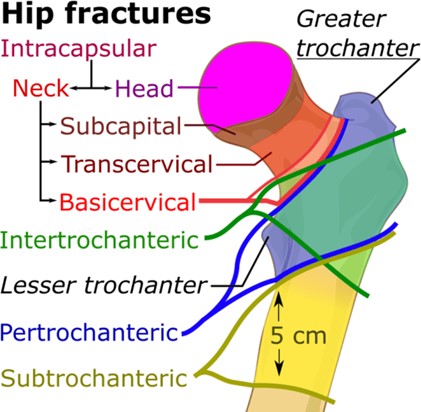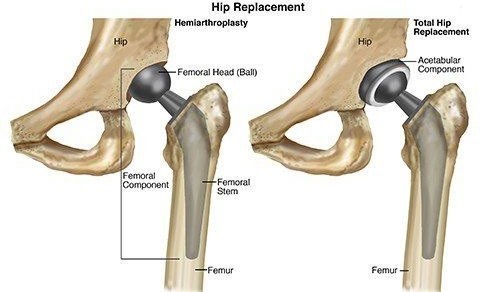A nurse is reinforcing teaching with a client who has an ankle sprain. Which of the following instructions should the nurse include?
Apply the elastic compression dressing tight enough so the toes and ankle become numb.
Place moderate weight on the affected leg when walking.
Elevate the affected ankle to the level of the heart.
Apply heat during the first 24 hr.
The Correct Answer is C
The nurse should instruct the client to elevate the affected ankle to the level of the heart. Elevation helps to reduce swelling and pain by promoting venous return and decreasing blood flow to the injured area. This is an important part of the RICE (Rest, Ice, Compression, Elevation) method for treating sprains and strains.
a. The elastic compression dressing should not be applied so tight that it causes numbness in the toes and ankle.
b. The client should avoid placing weight on the affected leg when walking until advised by a healthcare provider.
d. Heat should not be applied during the first 24 hours after a sprain as it can increase swelling and inflammation.

Nursing Test Bank
Naxlex Comprehensive Predictor Exams
Related Questions
Correct Answer is D
Explanation
The nurse should reinforce to the client that Buck's traction promotes relief from muscle spasms. Buck's traction is a type of skin traction that is widely used for fractures of the femur and hip². It uses splints, bandages, and adhesive tapes to position a limb near the fracture and then applies pressure using weights and pulleys. One of the goals of Buck's traction is to lessen or eliminate muscular spasms.
a. Reduction of the fracture is not the primary purpose of Buck's traction.
b. Support for moving the extremity is not a primary outcome of Buck's traction.
c. Alignment of the pins is not applicable to Buck's traction as it does not involve inserting pins into the
bone.

Correct Answer is C
Explanation
An appropriate action to prevent hip dislocation in a client who is postoperative following a total hip arthroplasty is to place a wedge pillow between the legs. This helps to maintain proper alignment and prevent the legs from crossing or adducting, which can cause hip dislocation.
Placing a trochanter roll against the thigh, placing a sandbag on the lateral calf, and placing a footboard on the bed are not appropriate actions to prevent hip dislocation in this situation. A trochanter roll is used to prevent the external rotation of the hip. A sandbag to the lateral calf can help prevent foot drop. A footboard can help prevent plantar flexion contractures.

Whether you are a student looking to ace your exams or a practicing nurse seeking to enhance your expertise , our nursing education contents will empower you with the confidence and competence to make a difference in the lives of patients and become a respected leader in the healthcare field.
Visit Naxlex, invest in your future and unlock endless possibilities with our unparalleled nursing education contents today
Report Wrong Answer on the Current Question
Do you disagree with the answer? If yes, what is your expected answer? Explain.
Kindly be descriptive with the issue you are facing.
